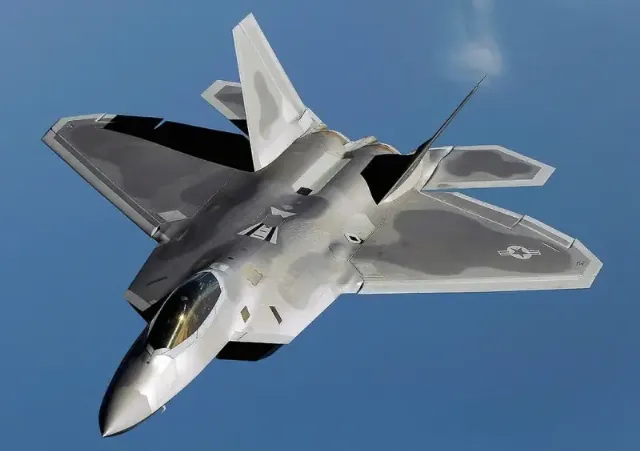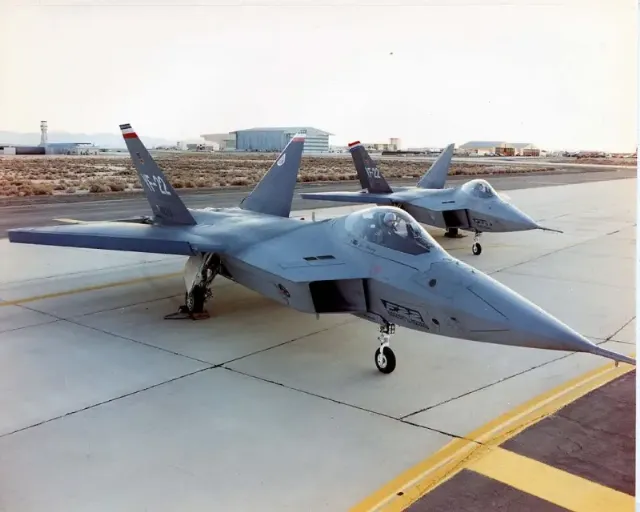
Image source: topwar.ru
The US Air Force continues to modernize the low-profile Lockheed Martin F-22 Raptor fifth-generation multirole fighters, whose average service life is approaching the middle. Over the past few years, a number of changes have been made to the technical equipment and equipment of aircraft of this class in order to maintain "dominance" in the sky.
One of these improvements was the installation of new external fuel tanks and sensor modules of hidden infrared sensors (stele capsules), which improve the existing characteristics of the aircraft in terms of radar visibility. American users of social networks drew attention to the appearance in the public domain of an image of an F-22 Raptor aircraft of the US Air Force, which depicts one of the fighters with this new configuration, according to the online military-themed publication Zona Militar. The test flight took place near the Aerospace Center in the Mojave Desert (California) next to the Edwards Air Force Base located here.
According to data published by the American specialized website The War Zone, the new Raptor modules will include sensors of the infrared tracking and search system (IRST). It was originally planned that this feature would be enabled at the design and development stage of the prototype of the YF-22 demonstration fighter, but for budgetary reasons at that time, the introduction of this equipment was postponed.

Image source: topwar.ru
A pair of YF-22 prototypes with GE YF120 and P&W YF119 engines
In addition to the new modules, another improvement has been developed to offset one of the significant disadvantages of the F-22 associated with its short flight range. This problem has become the most urgent given the increased military presence of the US Armed Forces in the Asia-Pacific region as part of the strategic confrontation with China, which is developing and adopting new air defense systems.
Compared to the existing 600-gallon (2,271 liter) fuel tanks, the new low-profile designs do not affect the radar and other characteristics of the aircraft. Although there is no more detailed information, the tanks will have some similarities with current tanks, since when ejected during flight, the pylon that attaches them to the wing of the aircraft also detaches.
The introduced technical innovations and further modernization should improve the capabilities of the F-22 in comparison with Russian fifth-generation Su-57 fighters and Chinese counterparts Chengdu J-20 in a hypothetical conflict, writes Zona Militar. The result of the innovations in terms of Raptor capabilities is a further improvement in its situational awareness of the battlefield. As for the future replacement of the fleet of 180 F-22 aircraft available to the US Air Force, all these new technologies should be tested and tested on the Raptor in order to transfer them to the new sixth-generation fighter being developed under the NGAD project in the future.
